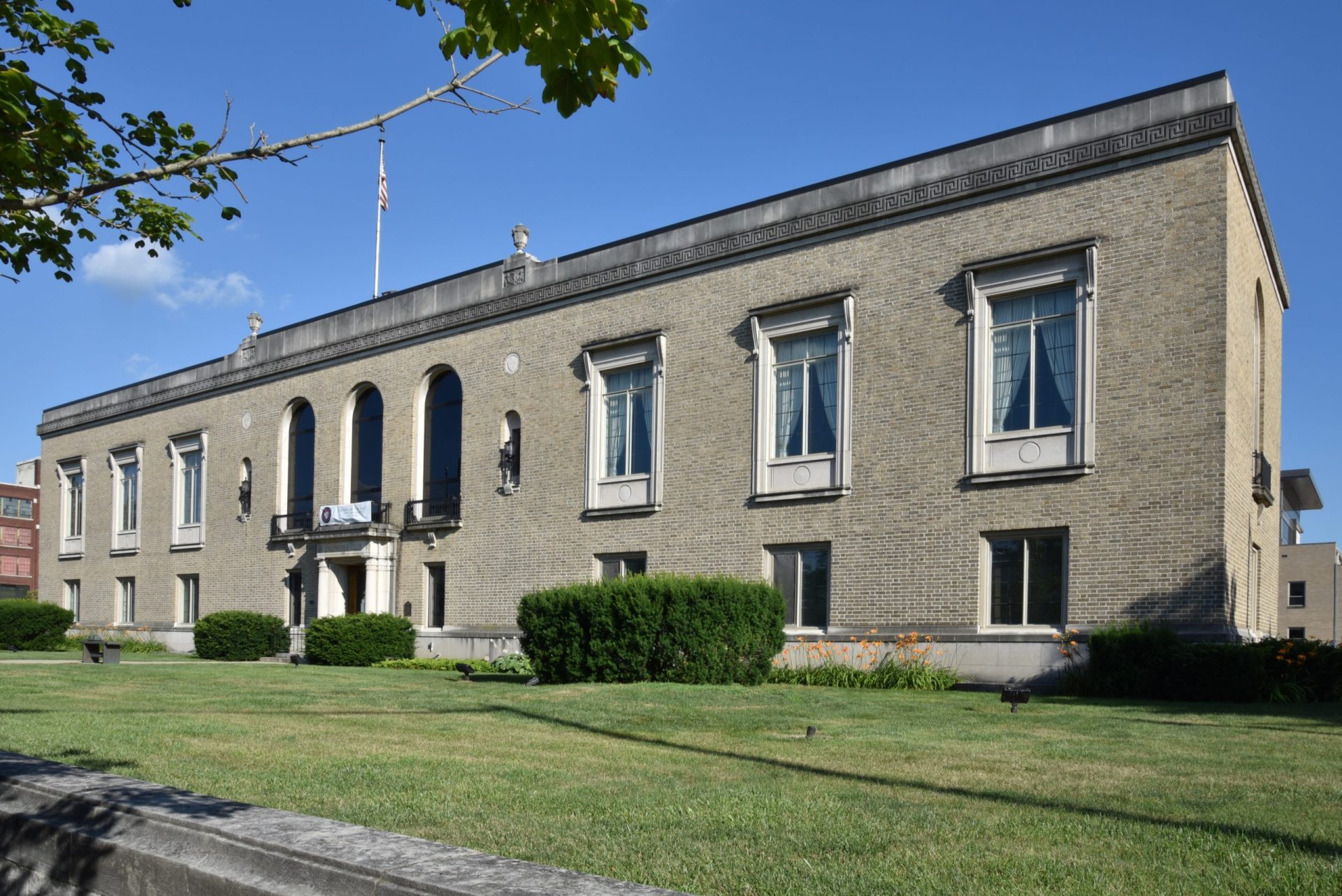
1933
Pioneering Contributions in Modeling Performance of Composite Materials
Nick Pagano is a leader and early pioneer of the emergence of structural composite materials. The latter issue has demonstrated the efficacy and accuracy of the ply level effective moduli as the appropriate scale of analytical representation for advanced structures. Experiments have shown that this modelling scale is valid, even under conditions of extreme damage initiation and growth. Improvement of this modelling capability can likely only be achieved through incredibly difficult “micromechanical” modelling, where the individual (damaged) fiber and matrix layers are represented explicitly. This would be a task involving enormous cost and technical uncertainty.
Born in Torrington, Connecticut, he received his BS and MS degrees in Civil Engineering at Drexel University and his PhD in Engineering Mechanics at Lehigh University in 1966 under the direction of Dr. George C. Sih. In 1967 the book “Elasticity, Tensor, Dyadic, and Engineering Approaches” co-authored by P.C. Chou and N.J. Pagano, was published. This book is known as one of the most readable books on the subject, but it only considers the elasticity of isotropic materials. Aside from the constitutive equations, however, the remaining governing equations are valid for anisotropic materials as well. In 1966, Nick his wife Marianne, and their 8 children journeyed to the Dayton Ohio area, where Nick was hired at the Air Force Materials Laboratory, where he initiated the work discussed in the next paragraph.
Dr. Nicholas Pagano was the first to recognize the importance of interlaminar phenomena in high-performance composite materials. His discovery of the “Stacking sequence phenomenon” led to new practices to reduce the potential for delamination, once the most feared failure mode of composite materials. He formulated models to describe this phenomenon by providing exact solutions according to the three-dimensional mathematical theory of elasticity. In a second area of contribution, he developed analytical models for the extension, bending, and twisting of laminated composites that have served as the reference for all following work in the mechanics of laminated composites. His third major contribution has been in the treatment of the geometry and response of brittle-matrix composite materials. All these contribute to the safety and reliability of the composite structures in modern aircraft and other applications, e.g., space vehicles. The Boeing 787 Dreamliner aircraft, which is composed of 80% by volume of composite materials, is a proven example of the quality and precision of Pagano’s research results.
He retired on April Fool’s Day in 2001 but has returned to composites for work with PhD students at Purdue University for several years and finally returned to WPAFB as a consultant, where he taught an original course on the Theory of Elasticity of Composite Materials for scientists and engineers in chemistry, physics, math, and material science. The videos of the course may still be available at the AF Research Laboratory, although the graphics available at the time leave much to be desired. Nick also found the time to acquire an associate degree of Biblical Studies while in Indiana in 2016, when he was only 82 years of age.

